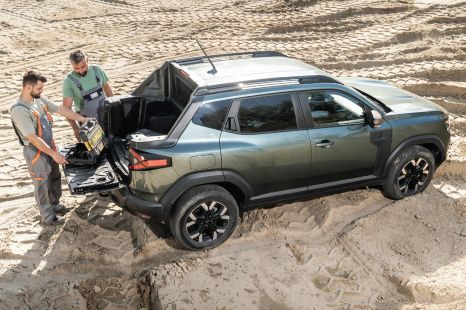

Derek Fung
Renault Duster ute revealed with a tiny tray
2 Hours Ago
Thought the HSV SportsCat was underpowered? Turns out a V8 version was inches away from being sold in showrooms, priced in line with the Ford Ranger Raptor.

Contributor
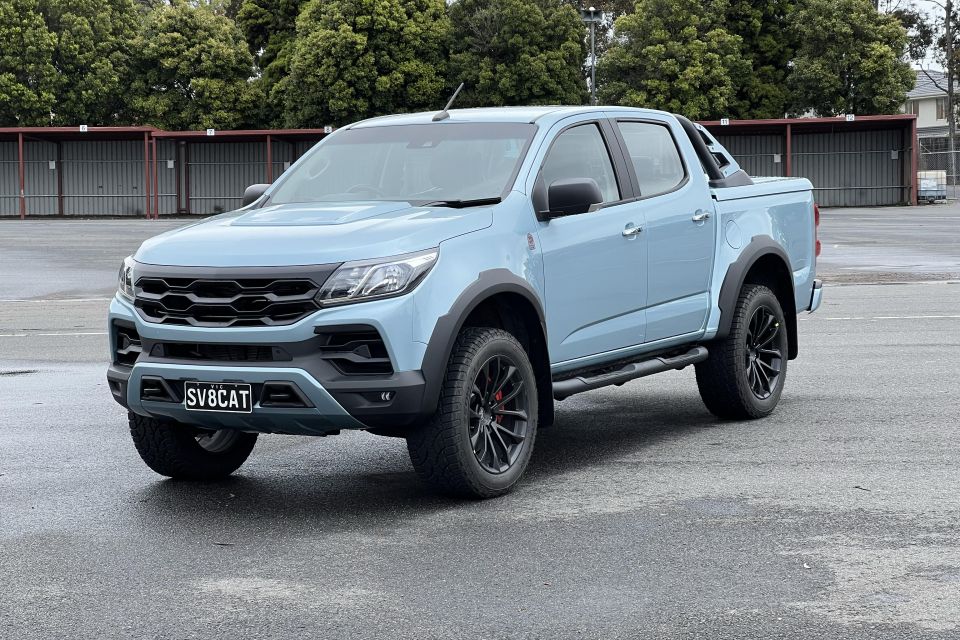

Contributor
You’re looking at the V8-powered HSV Colorado SportsCat that almost made production.
The Colorado SportsCat V8 you see here is a running, driving prototype that, had General Motors not pulled the pin on Holden for Australia, was well on its way to becoming a production car.
“The Colorado was a product we were really interested in,” said Walkinshaw commercial director Chris Polites.
“In terms of our HSV and Holden relationship, it was core. Colorado was going really well for Holden when they left, and we certainly had some plans around powered-up diesels and the petrol V8 engine,” he explained.

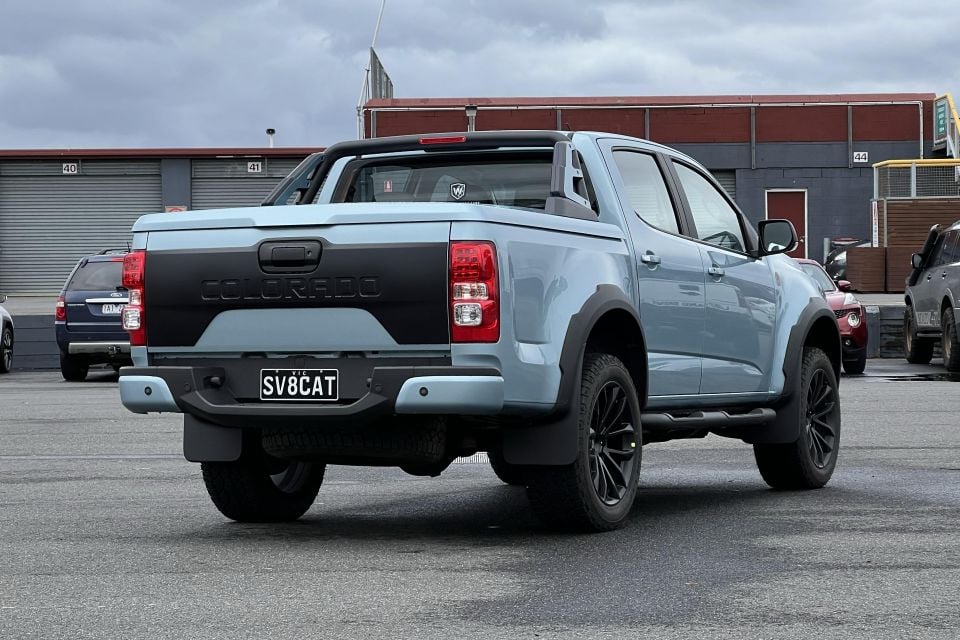
Powering the stillborn SportsCat is a 6.2-litre Chevrolet LT1 V8 engine where the 2.8-litre turbodiesel engine from the stock Colorado once sat. New front and rear prop shafts, a new 4×4 transfer case and 10-speed auto, and fresh software calibrations to make them all talk were all developed.
In the Chevrolet Camaro LT1 the engine pumps out 340kW of power and 617Nm of torque, mated with a choice of six-speed manual or 10-speed automatic transmissions.
With 193kW and 117Nm more than the standard Colorado diesel, it’s safe to assume the Colorado V8 can haul hay in a hurry.
Slotting the bigger engine into the Colorado’s engine bay required a new air box, new engine mounts on the existing chassis mounting point, a new fuel system, and a new ECU and wiring loom.
Mr Polites says the business case had been made, and the V8 SportsCat would have been priced around the $80,000 mark had it hit production.
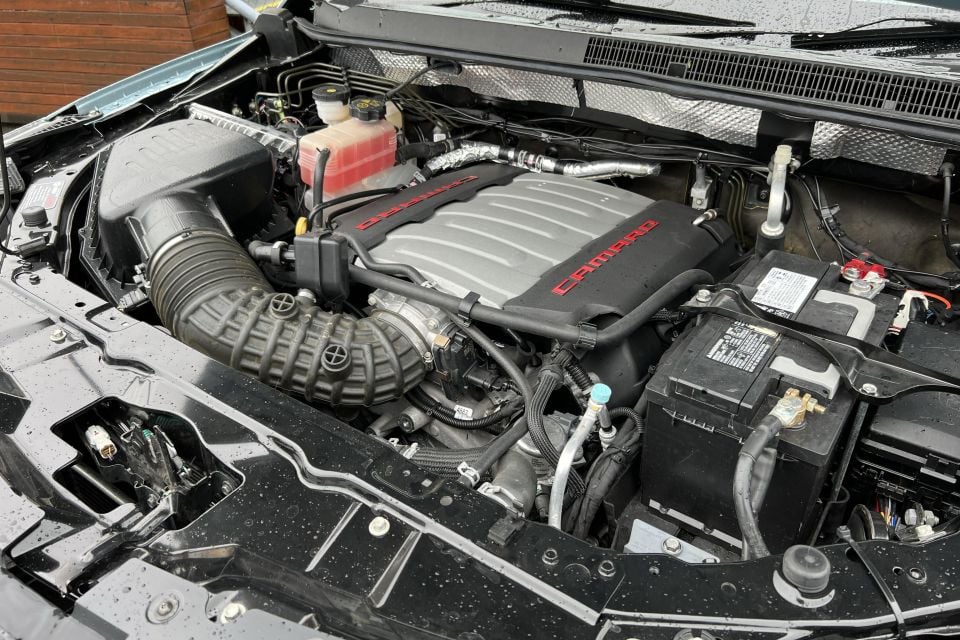
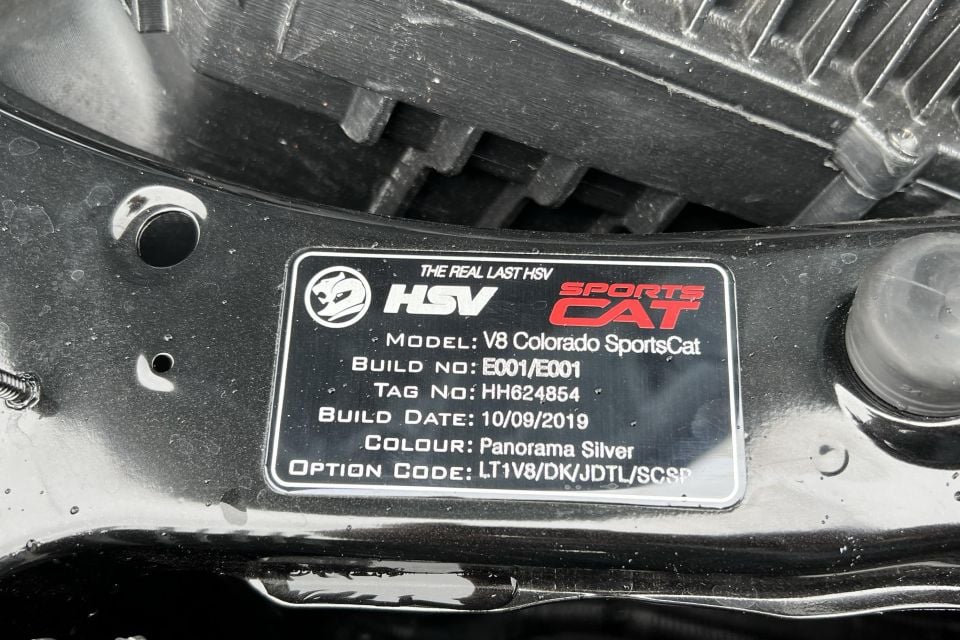
The current Ford Ranger Raptor is priced around $80,000 before on-road costs, but has half the cylinders and less than a third the displacement of the HSV V8.
Oh, and it was almost ready for production. The business case had been green lit by Holden, and the car had what’s known as engineering sign-off. All that was left was to work out how it was going to be made, likely an “engine transplant in Thailand” before Walkinshaw finished the job in Australia.
As we now know, when Holden was talking to HSV about the Colorado V8 it was also speaking with Great Wall Motors about selling the Rayong, Thailand plant where the Colorado was built.
It’s now owned by GWM, and produces the Haval H6 Hybrid – although the H6 Hybrid that’ll be sold in Australia will be coming from China.
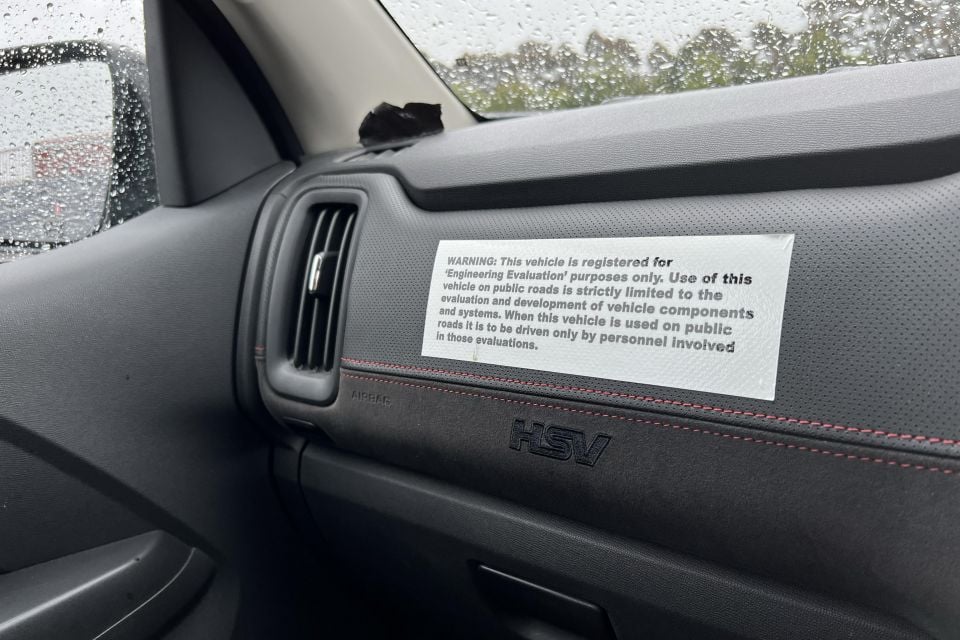
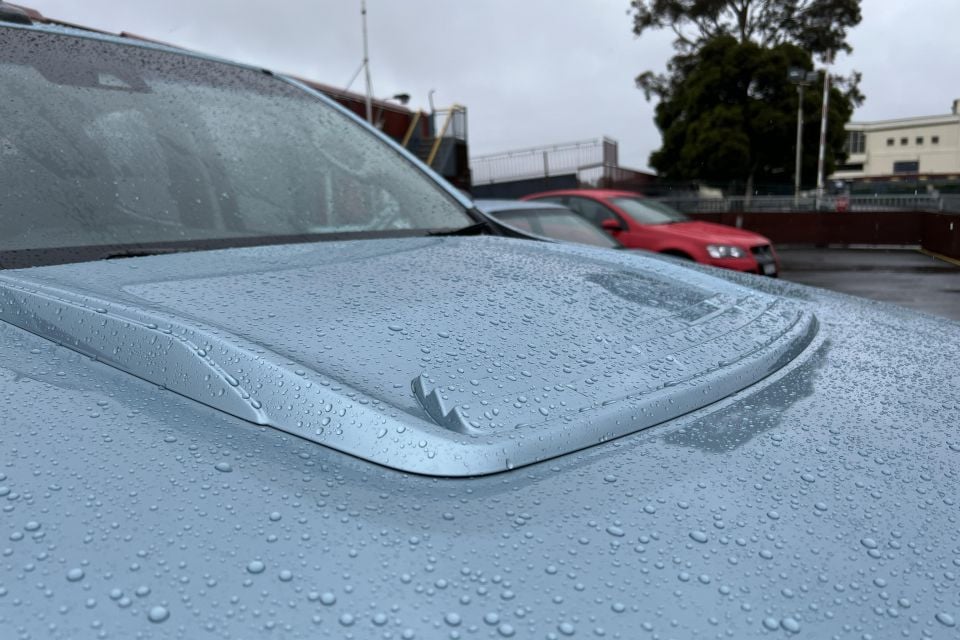
When General Motors pulled the plug on Holden, the HSV SportsCat was done for. That’s a shame, because it’s hard not to see the SportsCat V8 winning plenty of fans.
The last HSV V8 ute sold in Australia was the Maloo, which lived between 1990 and 2017.
The series production Maloo GTS R packed a supercharged 6.2-litre LSA V8 engine with 435kW of power and 740Nm of torque, sent to the rear wheels through a choice of six-speed automatic or manual transmission.
There was also a very limited run of GTS R W1 Maloo models, with just four rolling from the production line. An LS9 V8 engine replaced the LSA engine from the regular model, upping power to 474kW and torque to 815Nm. You’re looking at a price around the $1 million mark for one in 2021.
You could argue a Colorado SportsCat V8 looks back to cars like the Maloo.
You could also argue, given the growth of pumped-up utes and the growth of American V8 truck sales in Australia, it was a forward-looking product. The market for dual-cabs was running at full speed when HSV was working on its V8 SportsCat, and the Colorado was comfortably Holden’s best-selling product in 2019.
“We were making these decisions in the back end of 2019,” muses Mr Polites. “Since then the market has moved on still, and I think we would have been aggressive then and conservative now.”
The craziest part? The Colorado SportsCat wasn’t the only V8 ute we could have seen in Australia.
Along with the stillborn Colorado, which is finished in the same Panorama Silver as the legendary VL SS Group A Walkinshaw Commodore, the team at Walkinshaw has a prototype Chevrolet Colorado ZR2 with an LT1 V8 engine in Australia.
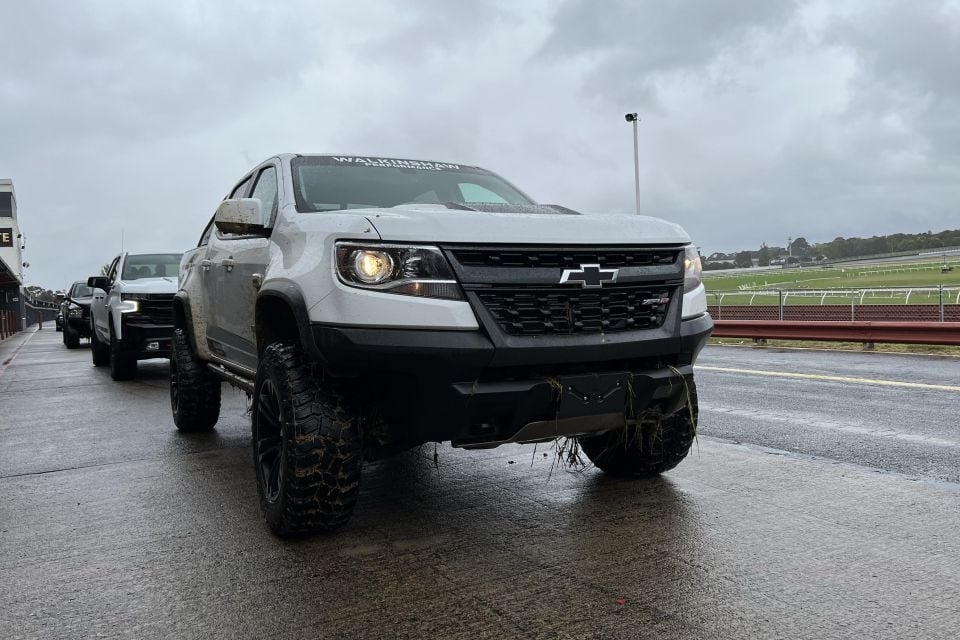

The ZR2 is pitched as an all-singing, all-dancing version of the North American-market Colorado, complete with expensive Multimatic DSSV dampers designed to support high-speed, Baja-style desert running.
In the USA it’s powered by a choice of 3.6-litre petrol V6 (229kW and 373Nm) or 2.8-litre four-cylinder turbodiesel (135kW and 500Nm) engines, mated with an eight-speed or six-speed automatic transmission respectively.
The left-hand drive prototype has a new air box, new engine mounts, and a new ECU and wiring loom to make the V8 talk to the Colorado’s electric systems. A new side exhaust system helps the naturally-aspirated engine breathe, and the four-wheel drive system has been adapted to work with the LT1 engine.
Whether or not the Colorado ZR2 V8 would have graced Australian showrooms isn’t as clear-cut as the SportsCat, but Mr Polites says the Australian Colorado and the American market were “going to come together in some way, shape, or form”.
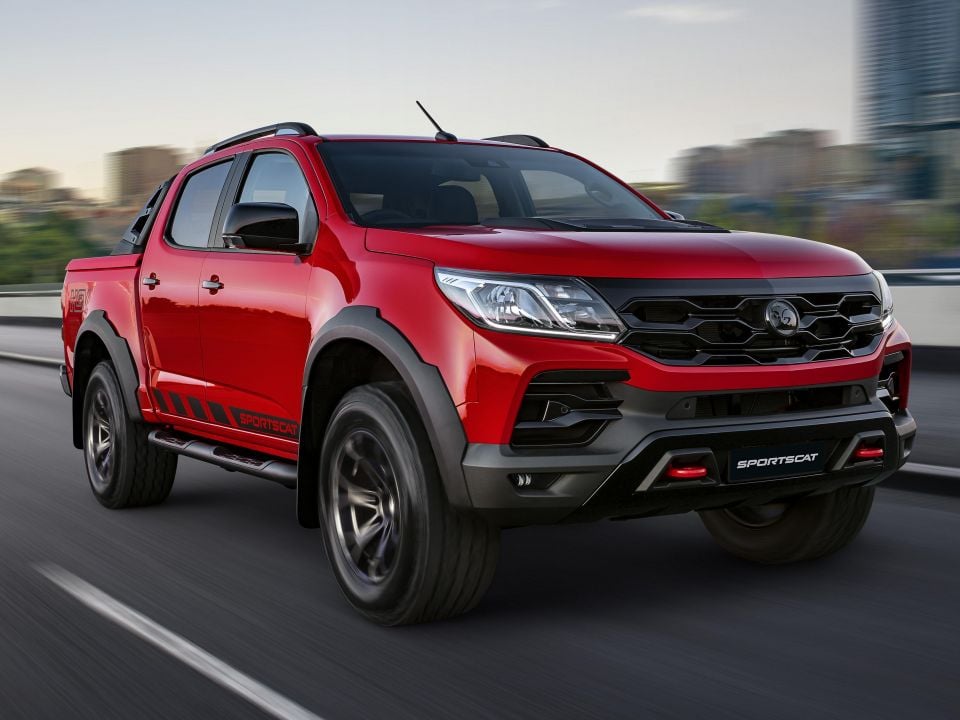
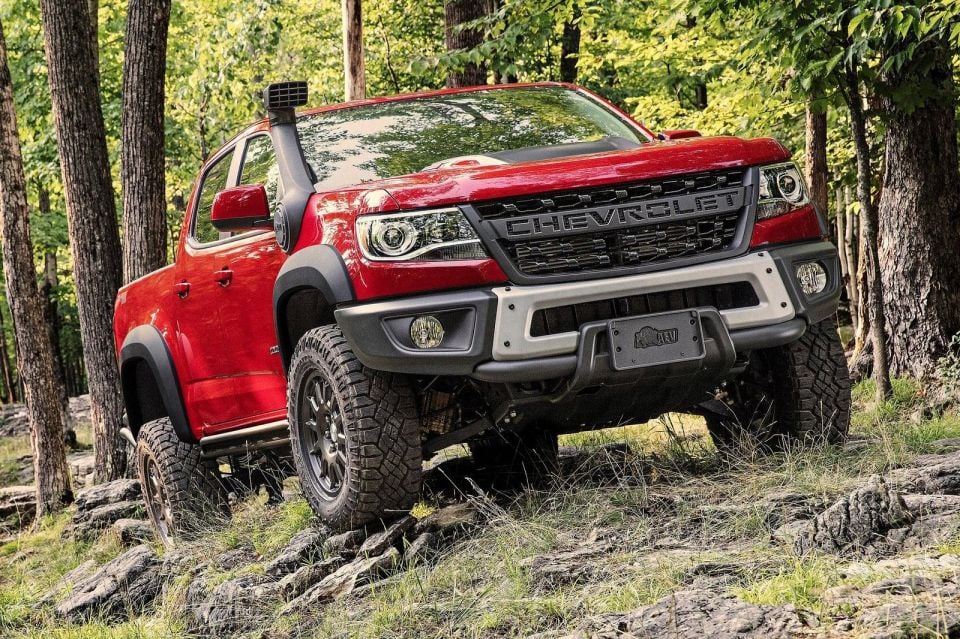
“That was certainly an angle we were prepared for and looking for, and the other interest in that vehicle would have been potentially doing a V8 powertrain in the US,” he said.
“Since the end of local manufacturing we were really focused on the 4×4 space, and those two Colorados were our next projects.”
Although it’s paired with Volkswagen Australia to create the Amarok W580 ute (and there’s potential for other cars from other carmakers getting the Walkinshaw treatment) it’s unlikely we’ll see a Colorado or Ranger-sized ute with a V8 roll forth from Clayton.
According to Mr Polites, the Walkinshaw brand has “moved on a little bit from that now”.
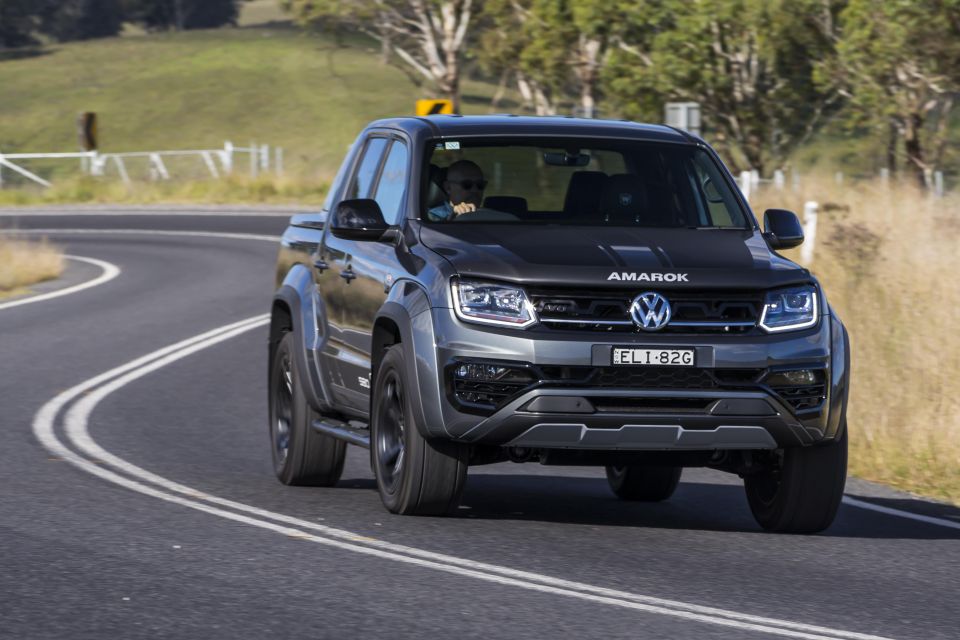
“One of the questions we get asked from OEMs quite regularly is: ‘how do we increase power, how do we give a power delta to the donor vehicle?’,” he explained.
“There’s probably other things you’d look at, rather than an engine transplant and a fuel-type change. That was always problematic, changing a diesel fuel line into a petrol fuel line is not as simple as it sounds.
“We’ve always been in the power business, and will continue to be… but I don’t know if we’ll be dropping a V8 into [a ute].”
Walkinshaw is still involved with V8 utes in Australia in one form, though. Not only does it remanufacture RAM and Chevrolet pickups for right-hand drive, it sells a range of performance add-ons to make your American truck faster, louder, or better at towing.
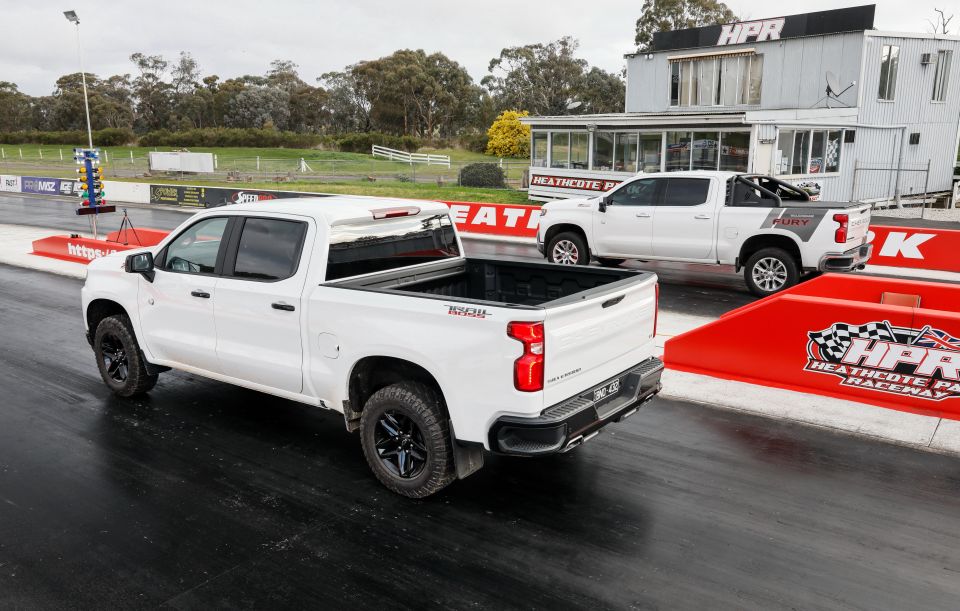
Its supercharger kit and performance exhaust turn the Silverado 1500 into a car capable of running a 12.66-second quarter mile run, while the catalogue of towing upgrades is designed to make hauling a heavy load safer and more comfortable.
They’re being sold under the Walkinshaw Performance umbrella; a brand Walkinshaw Performance general manager Rick Perchold says is entering a “new world” as it pivots towards upgrades for RAM and Chevrolet trucks converted to right-hand drive.
“It’s important for us to develop packages that are warrantable, and that’s our point of difference in the marketplace out there,” Mr Perchold said.
“We think that we’re the benchmark in the industry,” he said.
Where expert car reviews meet expert car buying – CarExpert gives you trusted advice, personalised service and real savings on your next new car.
Scott Collie is an automotive journalist based in Melbourne, Australia. Scott studied journalism at RMIT University and, after a lifelong obsession with everything automotive, started covering the car industry shortly afterwards. He has a passion for travel, and is an avid Melbourne Demons supporter.


Derek Fung
2 Hours Ago


William Stopford
8 Hours Ago
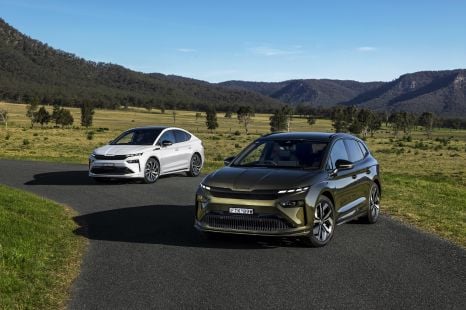

Max Davies
15 Hours Ago


Max Davies
15 Hours Ago


Ben Zachariah
16 Hours Ago


William Stopford
16 Hours Ago